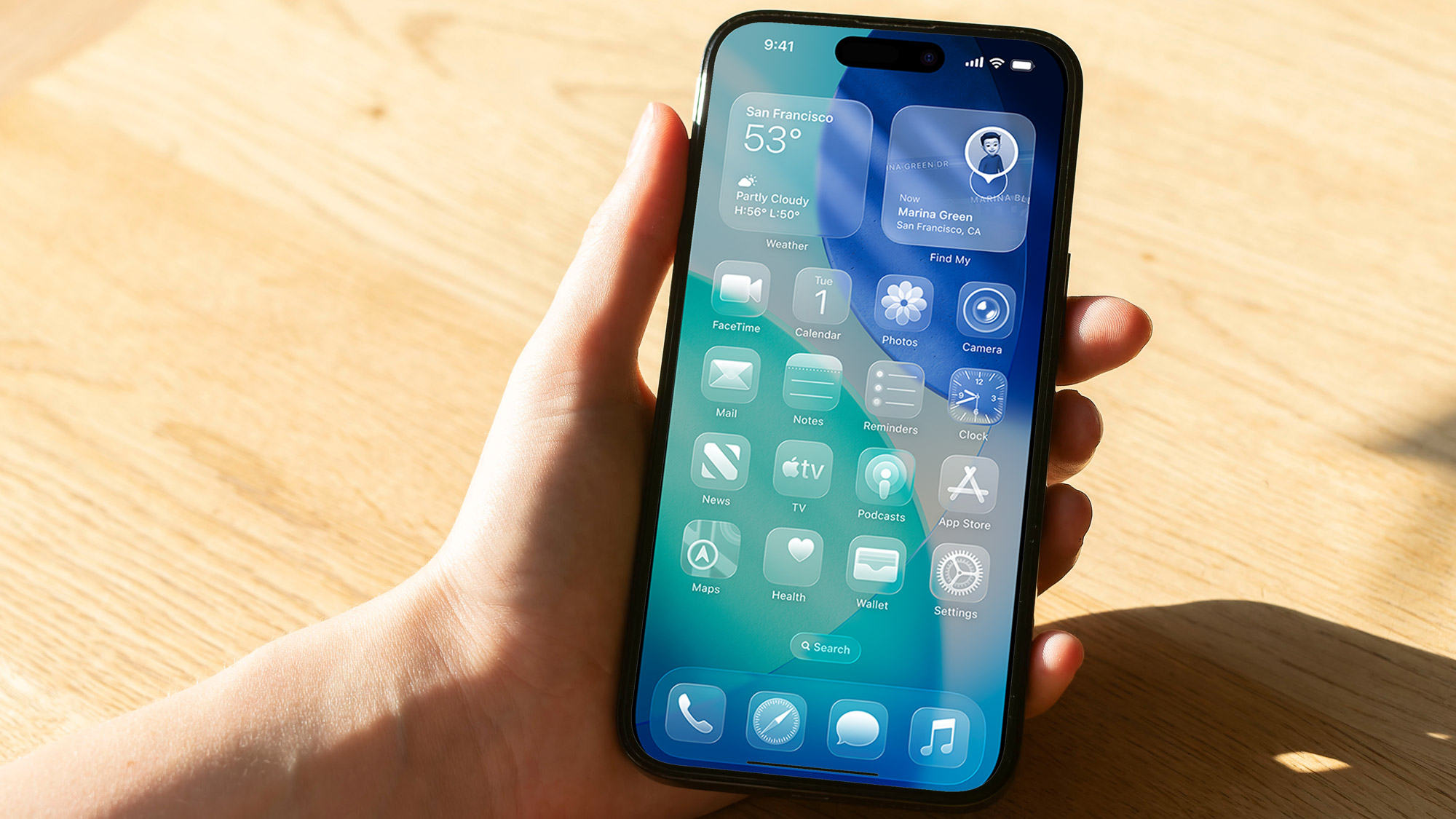
If you have yet to upgrade your iPhone to iOS 26, be aware that you cannot downgrade back to iOS 18. Apple has stopped “signing” iOS 18.6.2, a process where the company validates software at its end. Without this digital signature, it is impossible to install the older software on an iPhone. Since the rollout of iOS 26 began on September 15, this move is not surprising, as Apple typically blocks downgrades one or two weeks after releasing a new version of its operating system. Although Apple did release iOS 18.7 last week, a corresponding IPSW file is not yet available, which also prevents users from downgrading to that version.
A Controversial New Design and Potential Fixes
One of the biggest reasons users might want to downgrade is the new “Liquid Glass” design of iOS 26. While some users are happy with the visual makeover, others have criticized it on social media for its lack of uniformity and a “dizzying app icon setup.” This new design, which can make it difficult to distinguish the foreground from the background, has prompted some to seek solutions.
For those experiencing clarity issues, there are a couple of workarounds. By going to Settings > Accessibility > Display & Text, users can enable Reduce Transparency, which helps to better separate the two layers. If this is still not sufficient, enabling Increase Contrast from the same menu will add borders around app icons, buttons, and other elements, which can significantly improve clarity. Meanwhile, some users may also experience quick battery drain with the new software, but Apple says this is normal in the initial stages as the device needs time to complete background setup processes like indexing data and updating apps.
What The Author Thinks
Apple’s decision to quickly stop signing older versions of iOS is a clear example of its “walled garden” philosophy in action. While the company frames this practice as a security measure, it ultimately removes user choice and forces them to live with a new software update, even if they dislike its design or experience bugs. In a world where a new design can be as polarizing as the “Liquid Glass” aesthetic, this lack of a safety net for users can lead to frustration and a sense of powerlessness, which is a subtle but significant downside of being locked into a single ecosystem. This practice ensures that Apple maintains tight control over its platform, but at the cost of a user’s autonomy over their own device.
Featured image credit: Tom’s Guide
For more stories like it, click the +Follow button at the top of this page to follow us.
